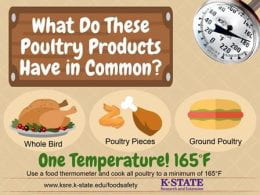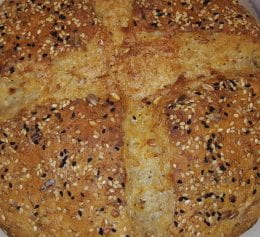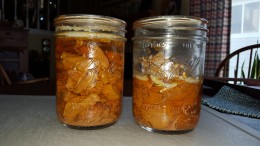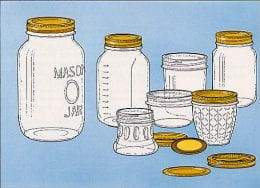 The practice of washing or rinsing raw poultry can actually put you and others at a higher risk of foodborne illness. Quite simply, there’s no need to do this.
The practice of washing or rinsing raw poultry can actually put you and others at a higher risk of foodborne illness. Quite simply, there’s no need to do this.
Participants in an observational study were observed in handling and preparation practices to see how bacteria moves from raw foods to other foods or surfaces. They were divided into a control group and a treatment group. Food safety messages were sent via email prior to observation sessions to learn how effective those messages were in preparing chicken.
Some reasons consumers feel rinsing raw poultry is necessary is to remove blood/slime, because a family member said to do so, or it washes off the germs or bacteria. Most do this under the faucet with water running without any other container. Because of this, water splashes onto other items or food causing cross contamination. Then, many improperly washed their hands by not using water or soap, or did not rub their hands with soap at least 20 seconds. They also were ineffective at cleaning and sanitizing equipment and countertops.
Bottom line. There is no need to wash poultry or meat prior to cooking. Cooking to safe temperatures is the best and safest defense against foodborne illness. All poultry should reach 165°F; ground meat should reach 160°F; and roasts, steak and chops should reach 145°F.
The final report of this study can be found at https://bit.ly/30qbG3h.






